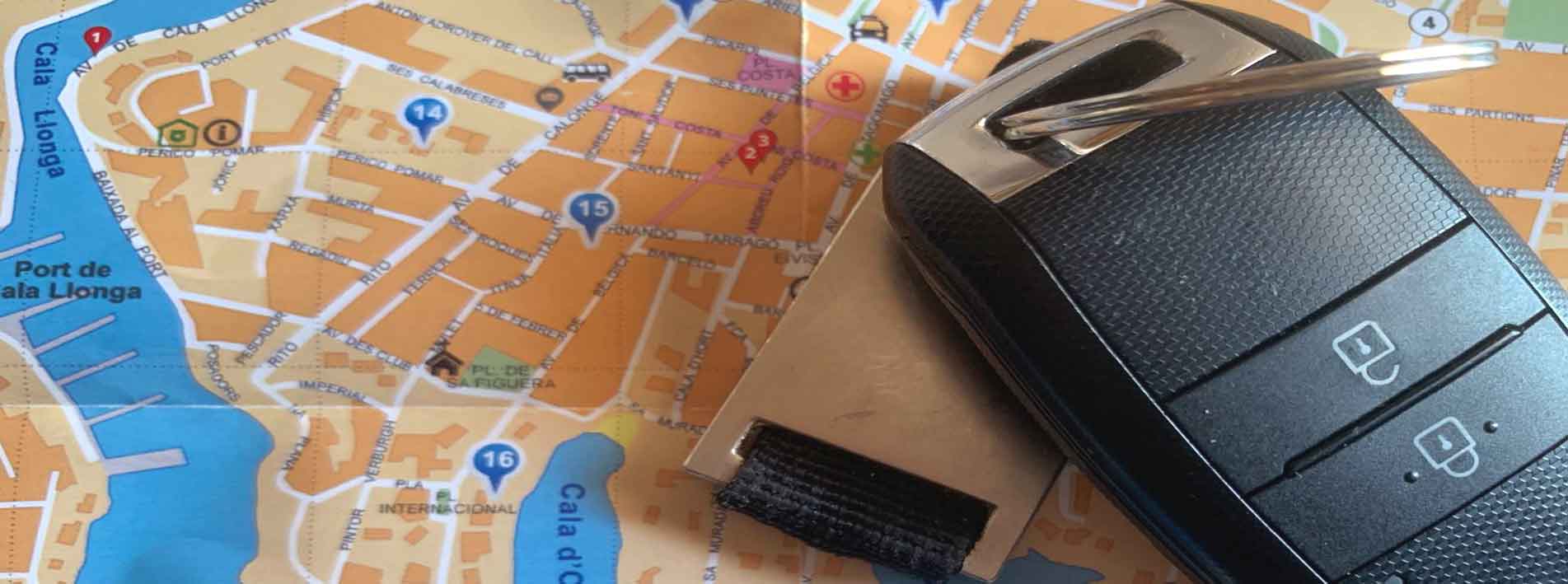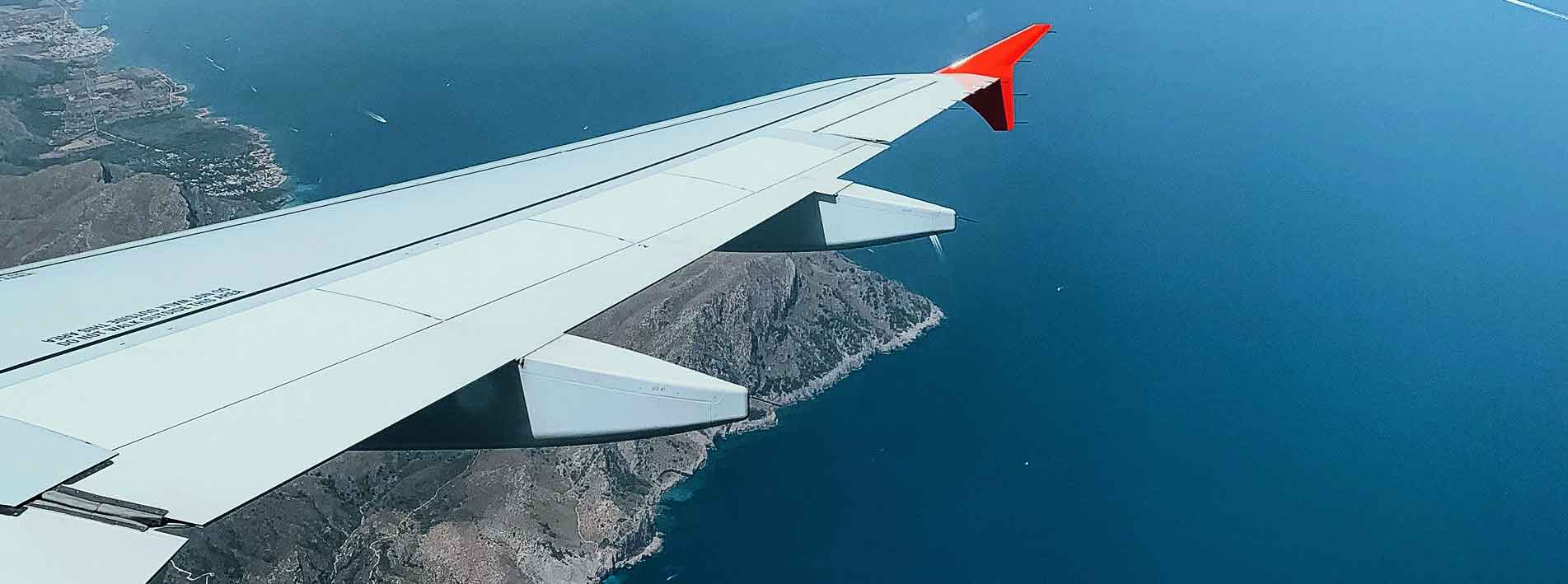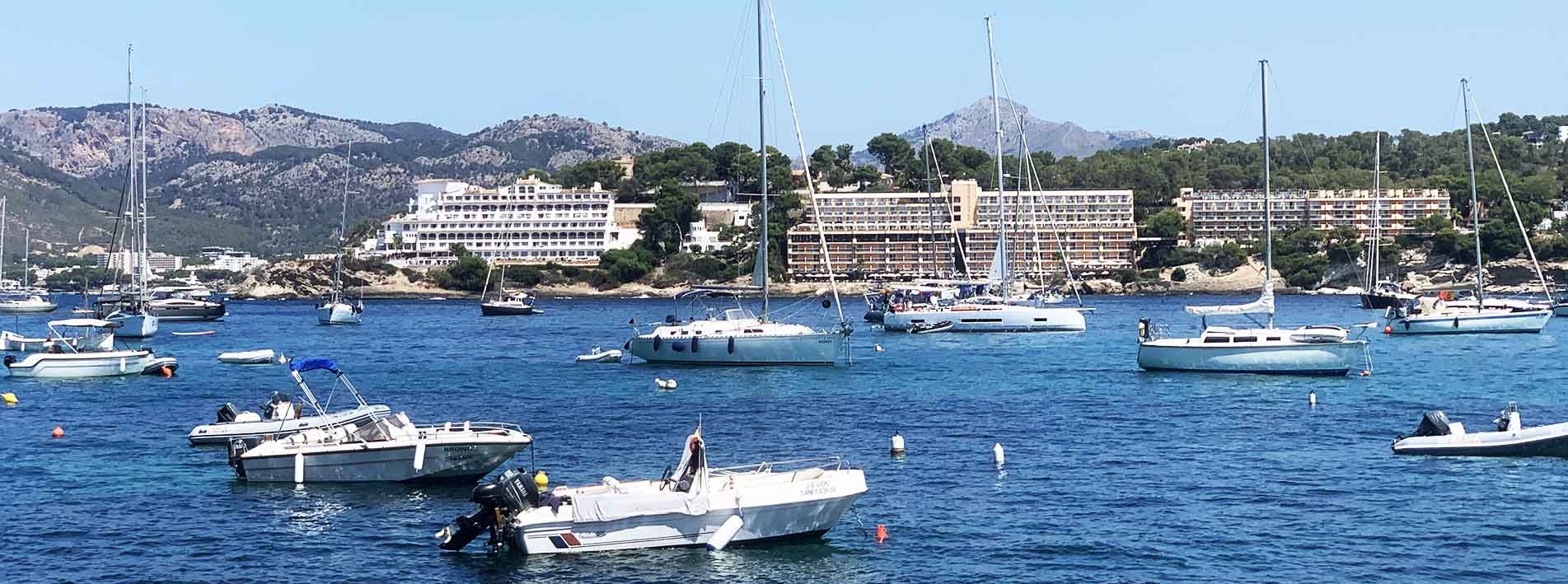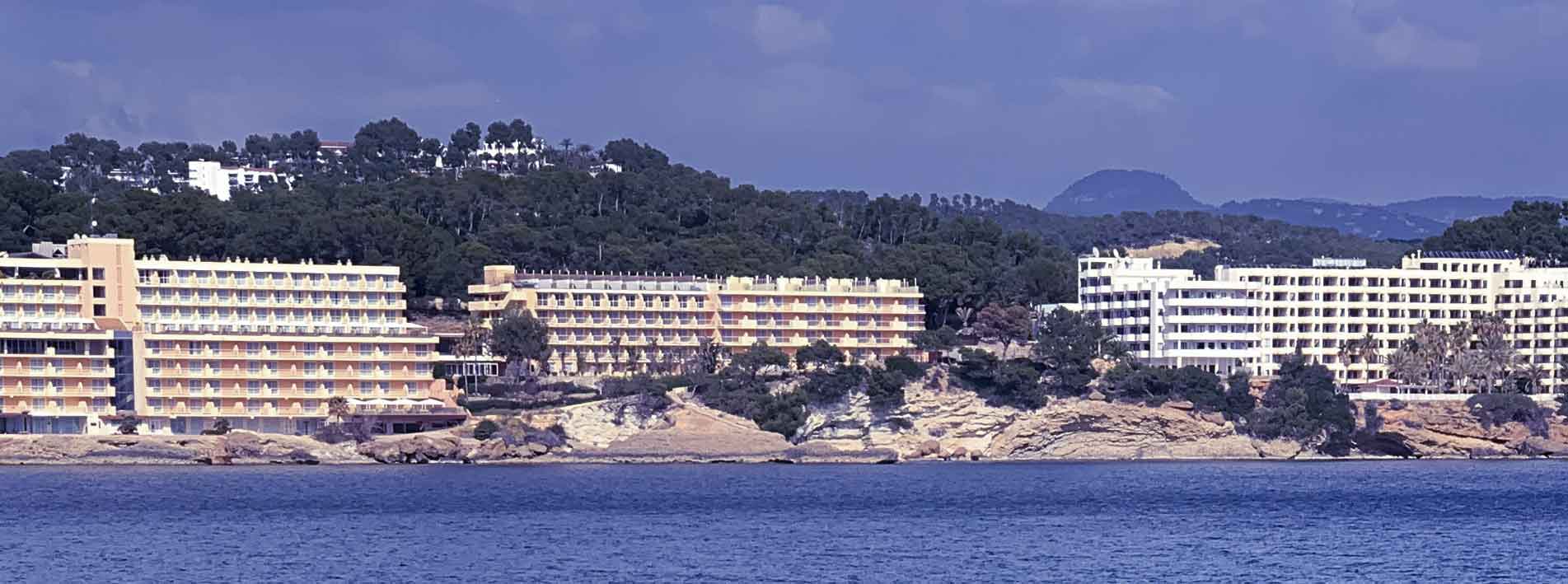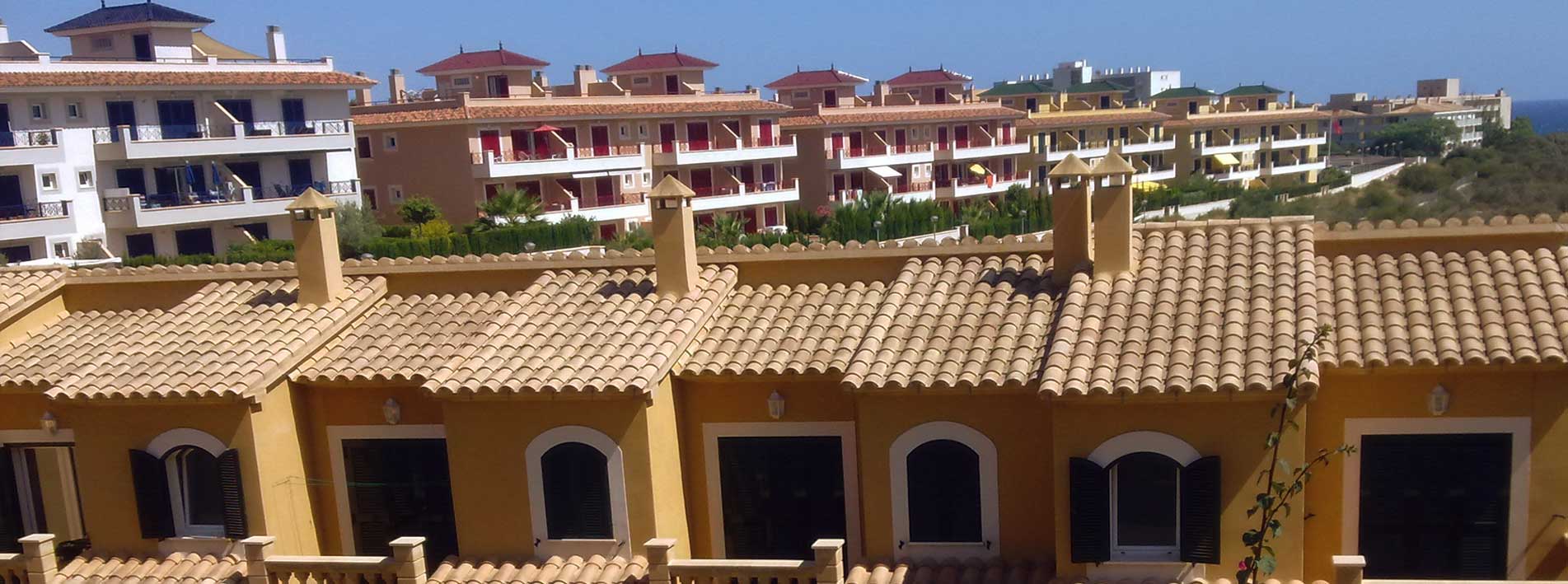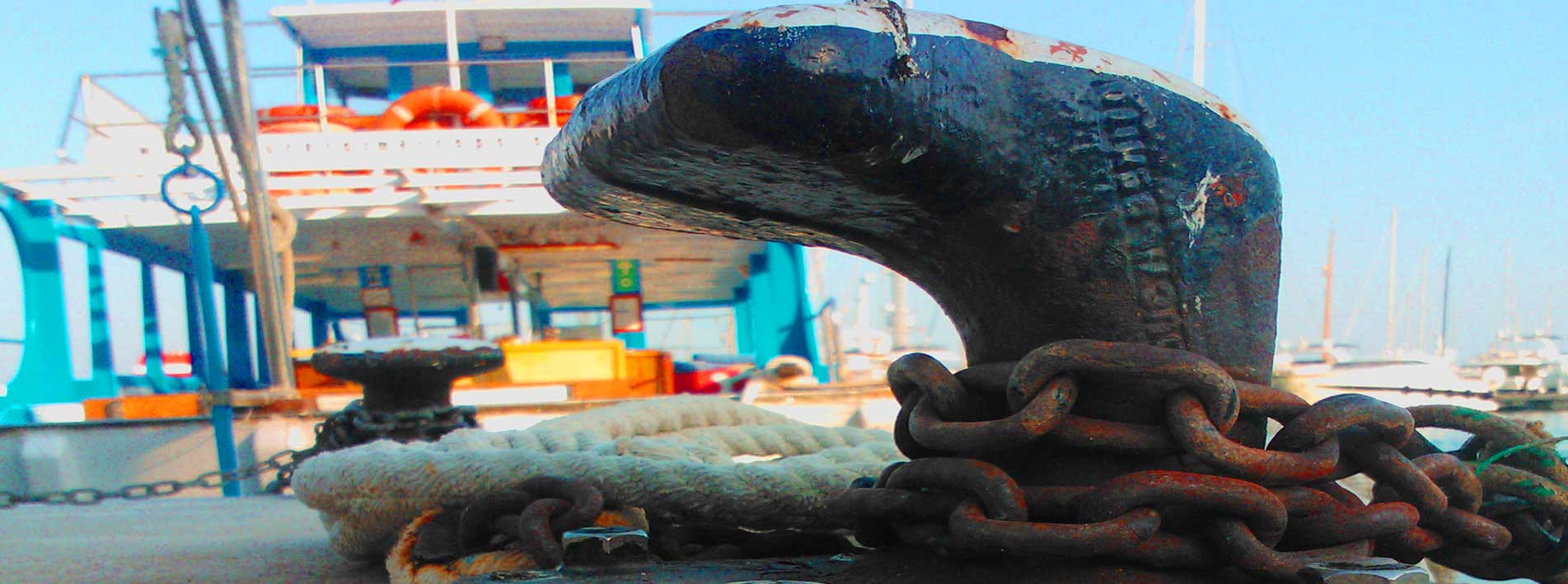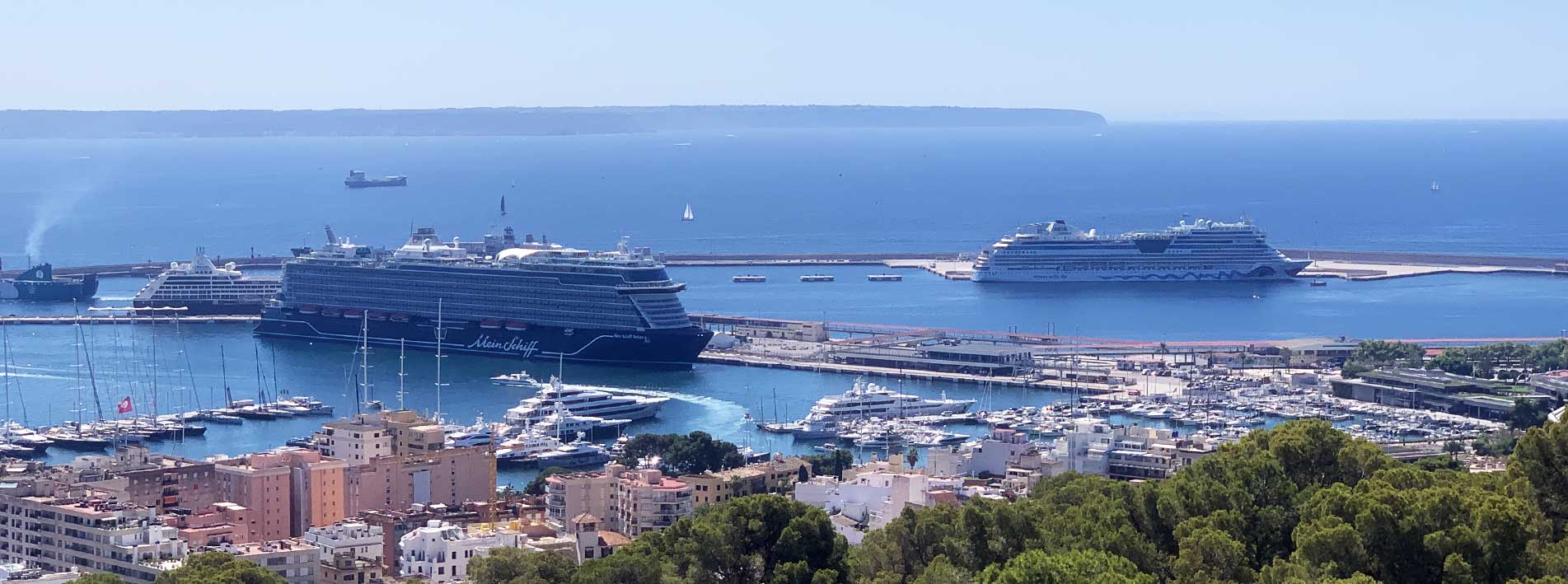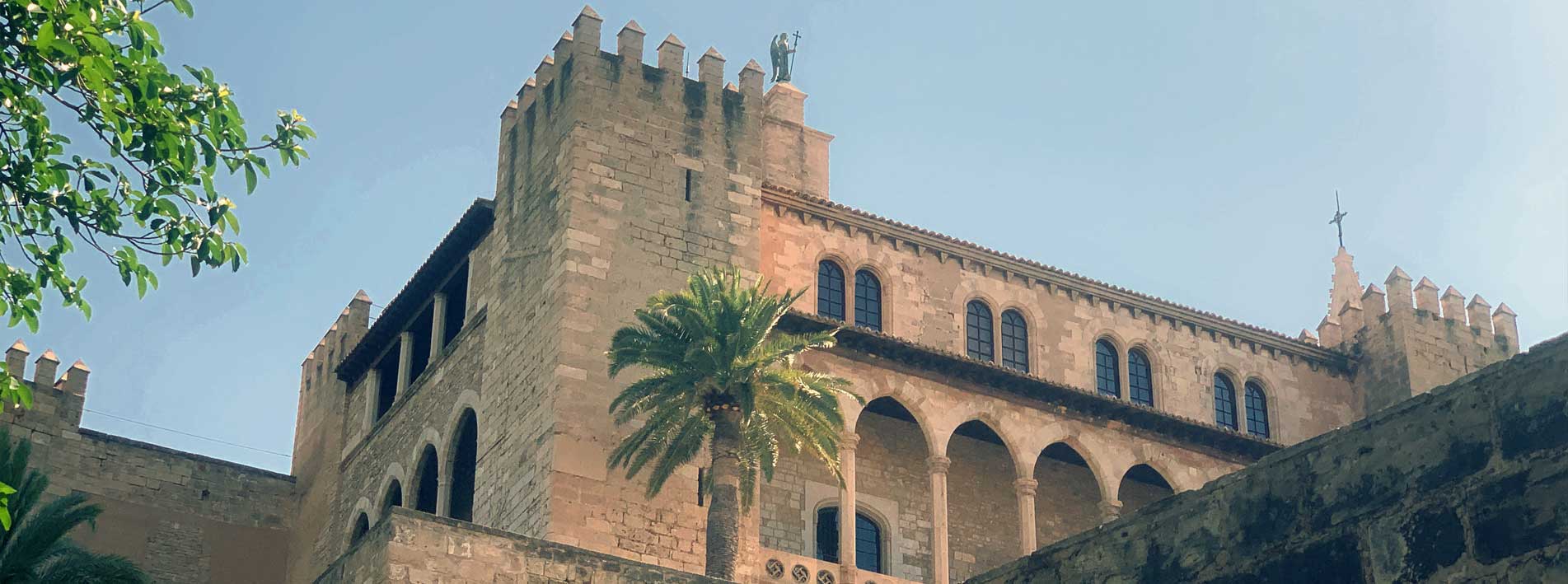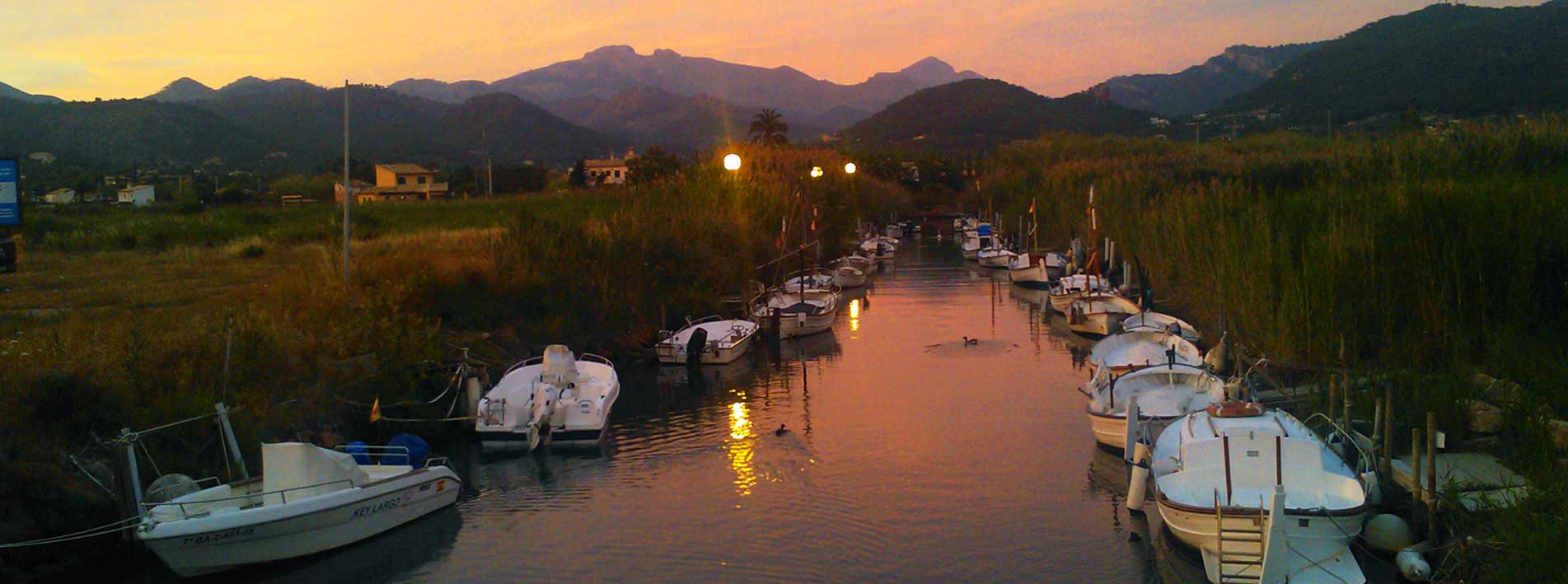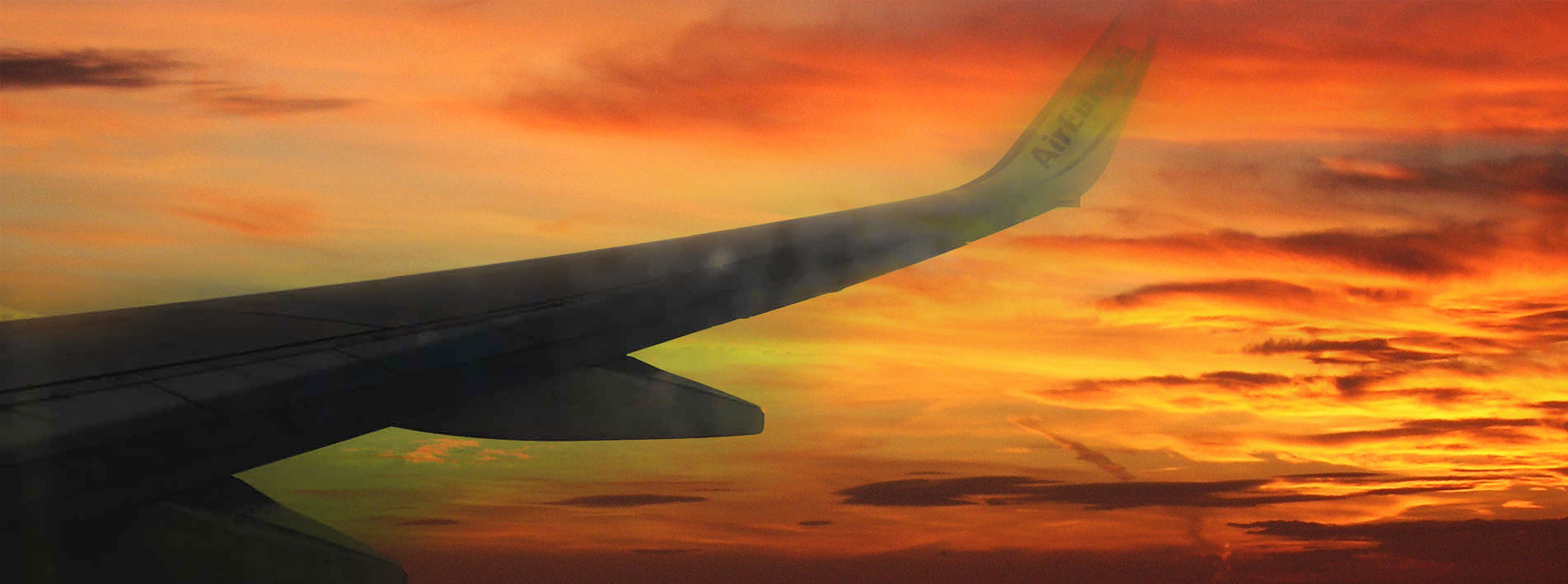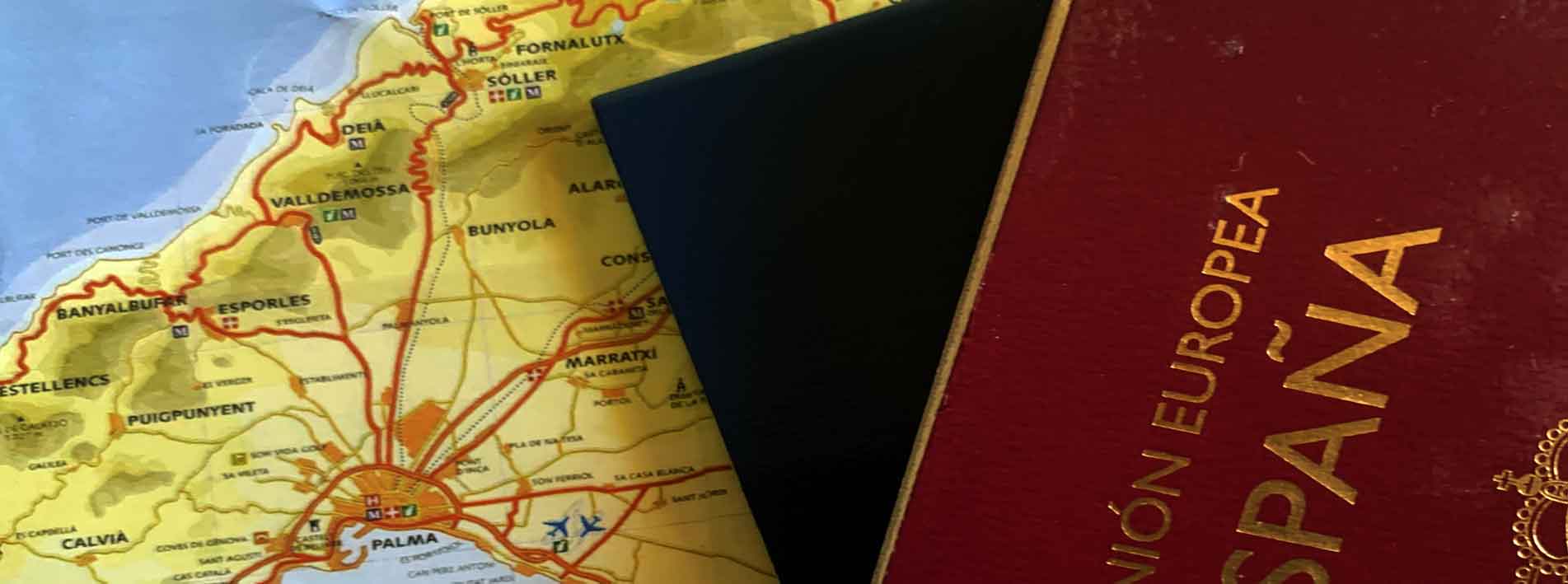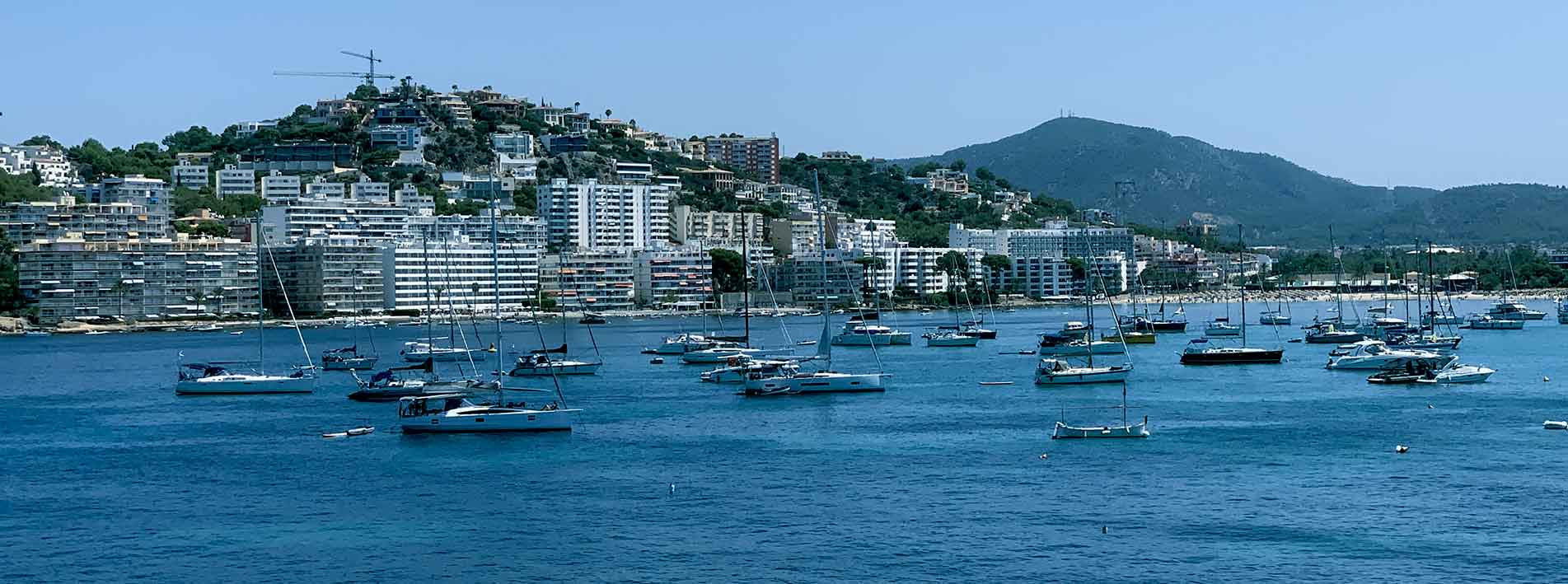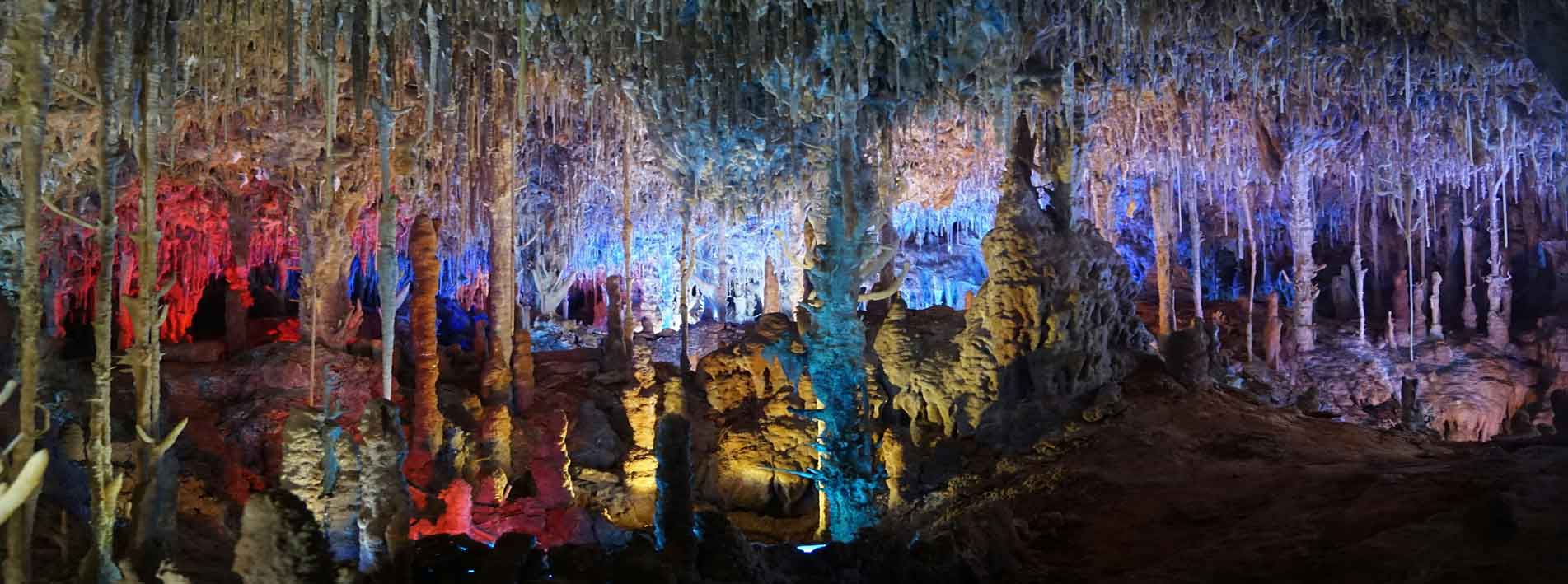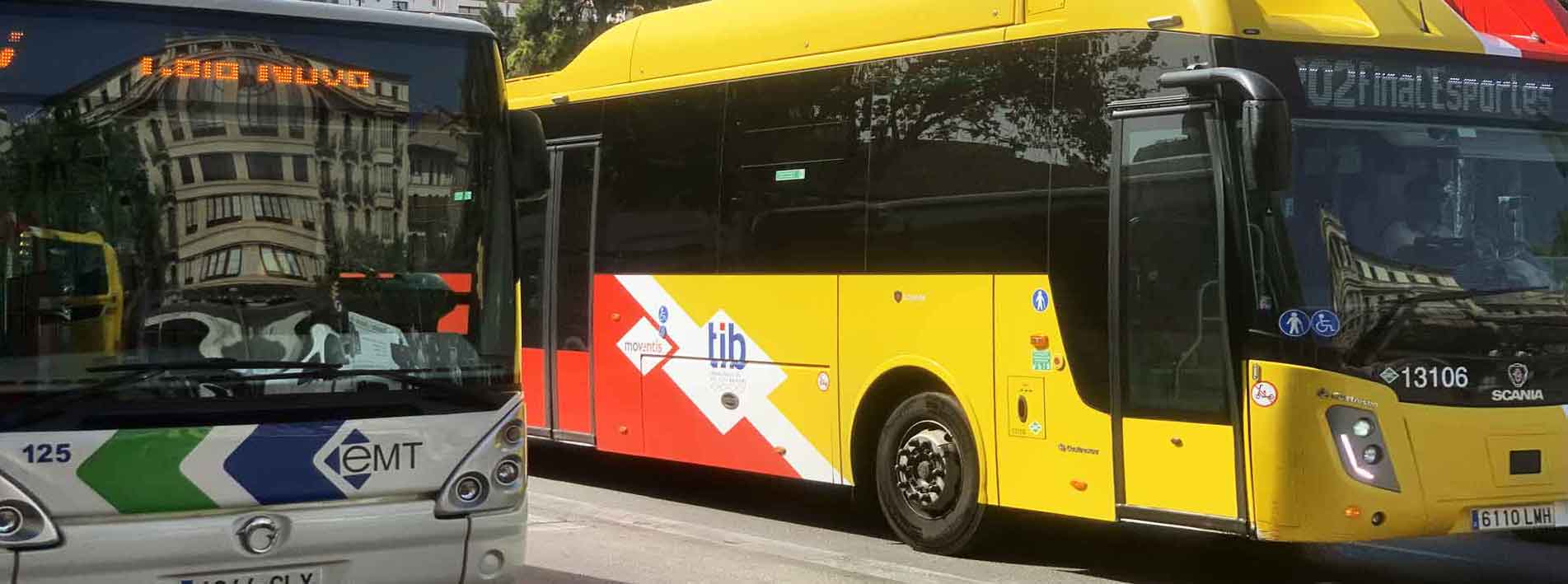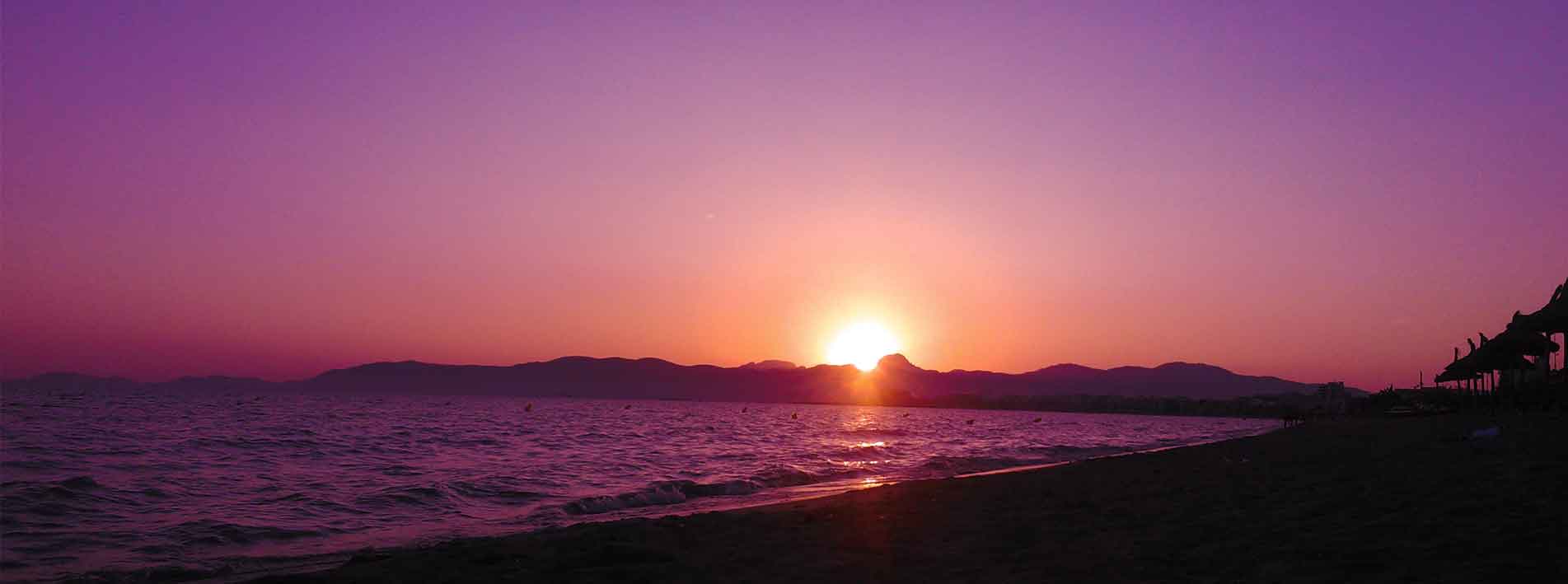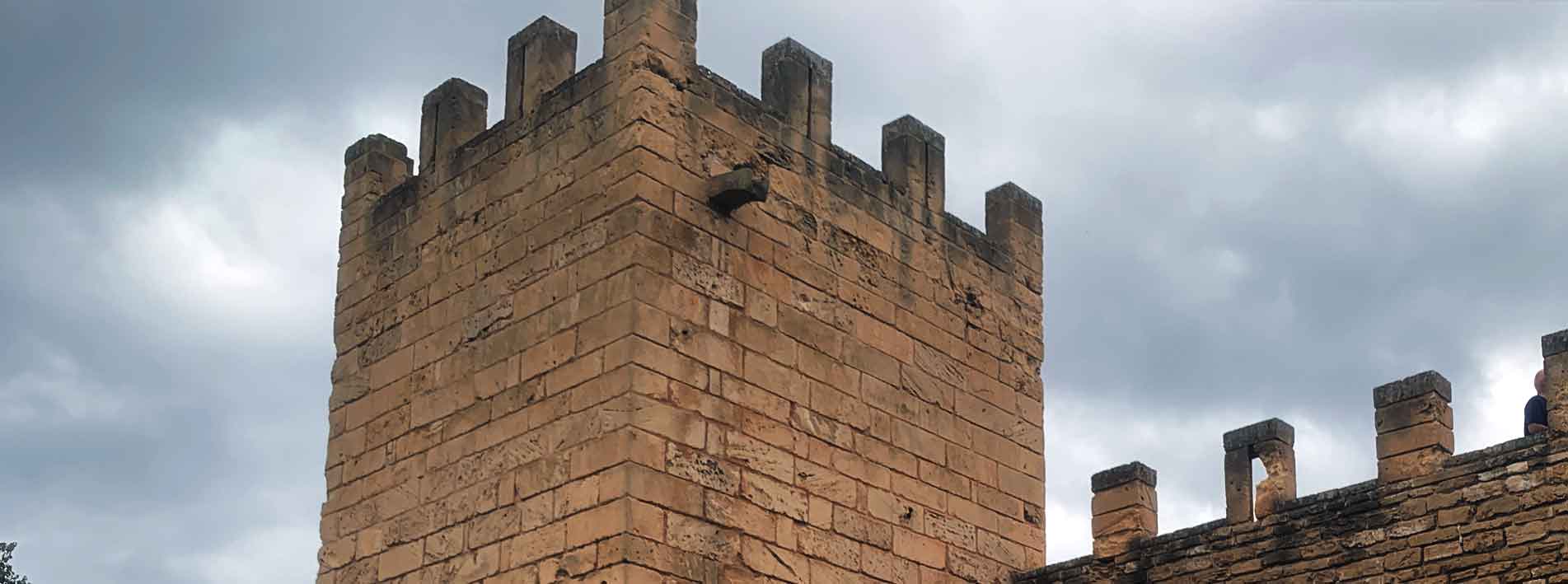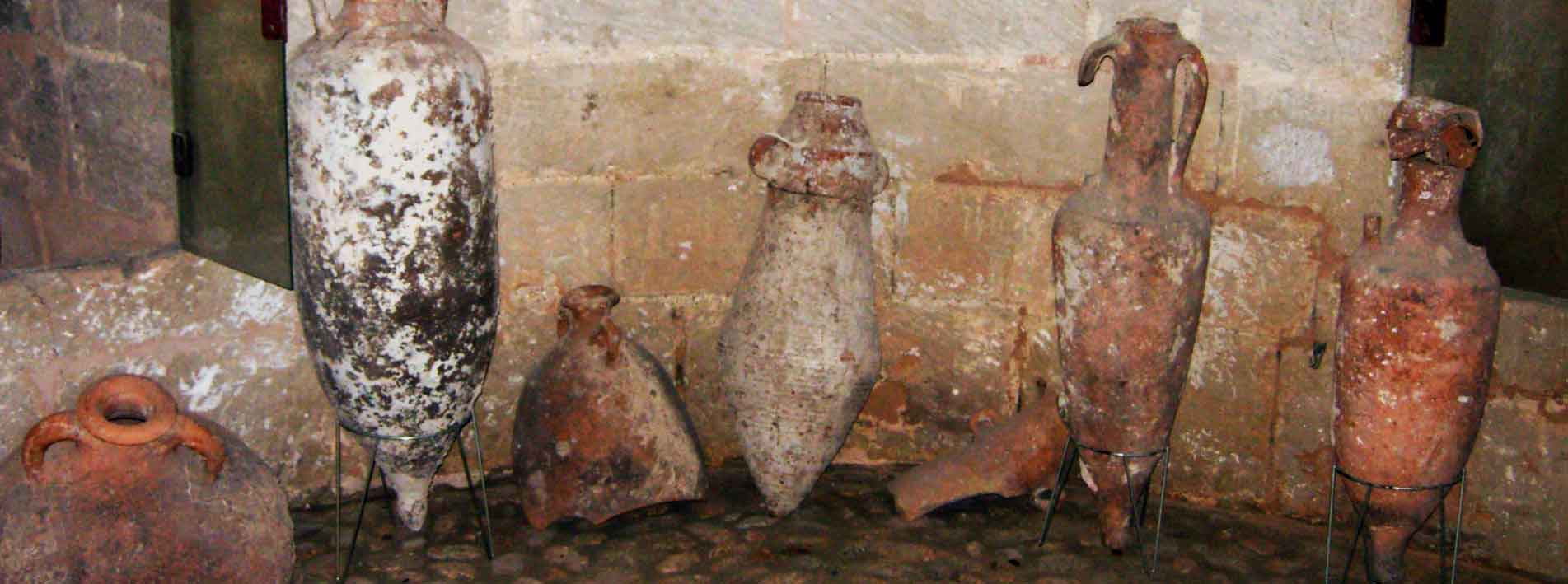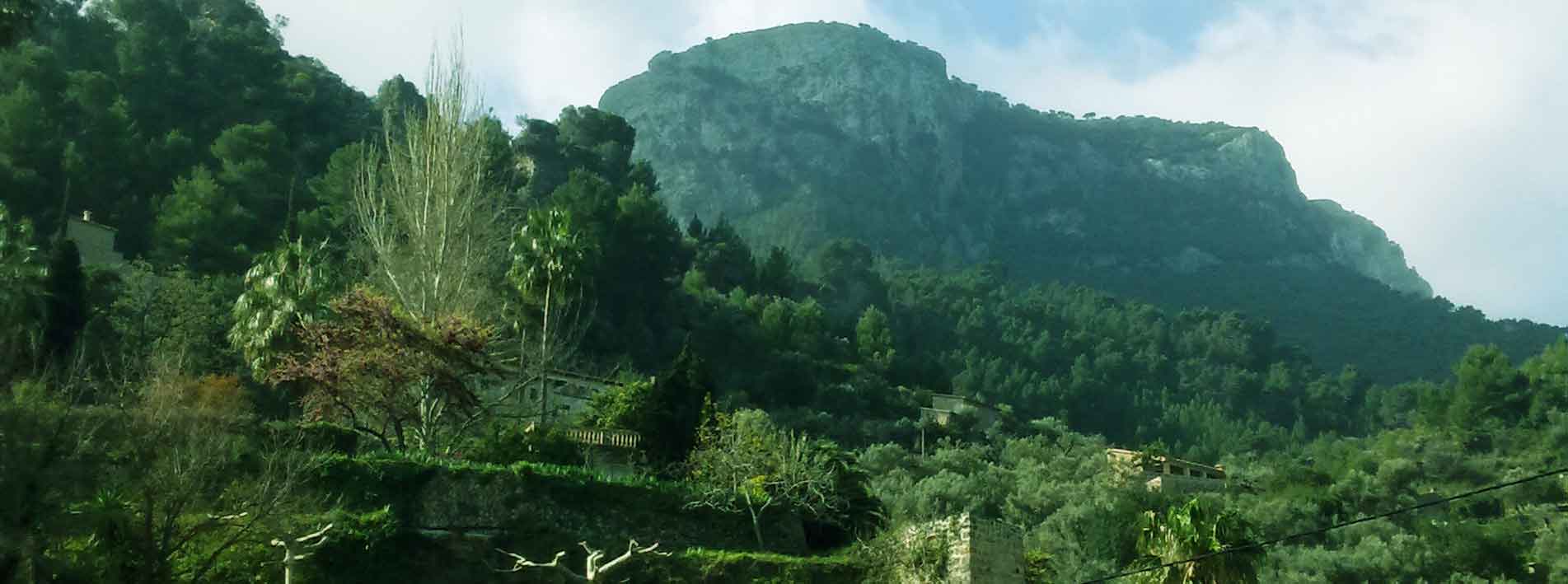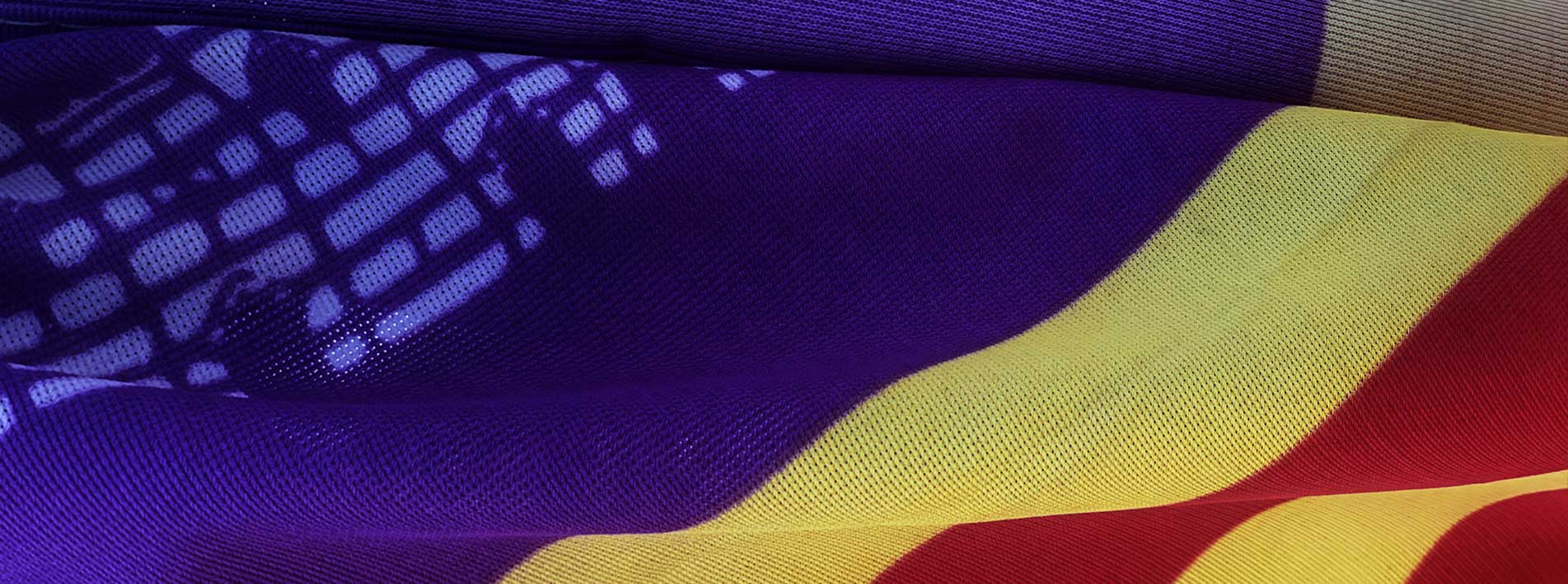La Seu: Palma de Mallorca Cathedral
Palma Cathedral, also known as “La Seu”, is an emblematic building and an important tourist attraction in Palma. It is a cathedral in the Levantine Gothic style that stands on the coast, on the ancient Roman and Renaissance city walls. La Seu or Palma Cathedral is the seat of the diocese of Mallorca and is dedicated to the Assumption of Mary.
Why is Palma Cathedral called La Seu?
The cathedral of Palma de Mallorca is popularly known as “La Seu” because the word “Seu”, in Mallorcan -and, in the context of the Crown of Aragon- means “episcopal see” or “cathedral”. The name La Seu responds to a linguistic tradition: in Mallorcan, “Seu” (or “Seo”) is the usual term for cathedrals. So in this sense, the term Seu designates the “Episcopal See” or “Seu Episcopal”. As the seat of the diocese of Mallorca, it plays an important role in the religious life of the city and the island.
Cathedral-Basilica of Santa Maria de Mallorca
The Cathedral of Mallorca, known for its imposing location by the sea on the old Renaissance walls, which gives it a unique location on the shores of the Mediterranean Sea. Its construction, begun in the 13th century and completed several centuries later in the 17th century, was promoted by Jaume I (fulfilling a promise) after the conquest of Madina Mayurca by the Crown of Aragon.
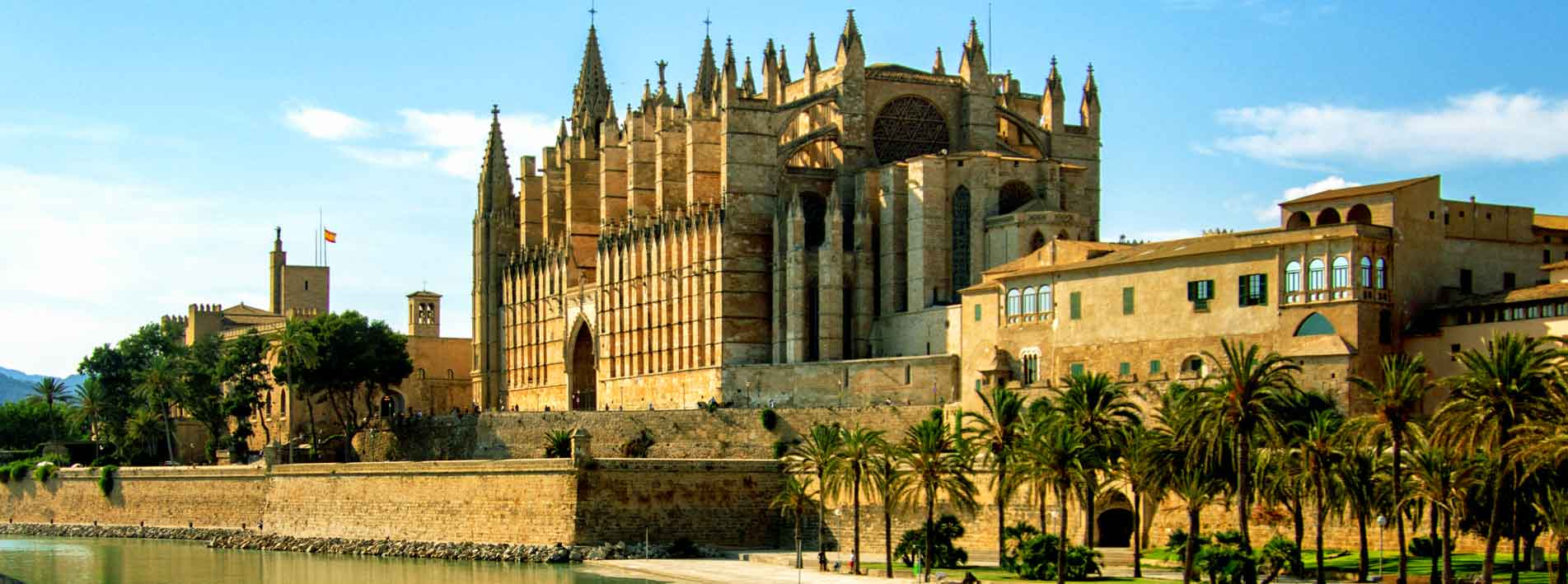 Catedral de Mallorca: A Levantine Gothic temple
Catedral de Mallorca: A Levantine Gothic temple
The Cathedral of Palma de Mallorca is an impressive Gothic architectural work of great magnitude and with notable relevance as a whole. It is characterised by its three naves, three apses and an imposing eastern rose window, the second largest in the Gothic world.
Influences and interventions in La Seu Cathedral
The building integrates elements from different historical periods. Between the 17th and 18th centuries, the interior was influenced by the Baroque in the form of altarpieces, paintings and sculptures, such as the Corpus Christi altarpiece by Jaume Blanquer. In the 19th century, Peyronnet reformed the main façade. In the 20th century, Antoni Gaudí intervened, improving the visibility and the liturgical function of the space. The Chapel of the Blessed Sacrament, decorated by Miquel Barceló in the 21st century, represents the last major artistic intervention in the church.
Artisans who have been involved in its development
The old Aljama mosque in Palma, where the Cathedral of Mallorca is currently located, has been the object of various architectural interventions over the centuries. The main architects involved in its construction and refurbishment were:
Ponç des Coll:
The first architect of the project was Ponç des Coll, who began by building the Trinity Chapel.
Jaime Fabre:
After Ponç, Jaime Fabre continued with the construction.
Jaume Matas and Llorenç Sosquela:
In 1368, Jaume Matas and Llorenç Sosquela were the architects working on the cathedral.
Antoni Gaudí:
In 1902, Bishop Pere Joan Campins commissioned Antoni Gaudí to reform the whole of the church.
Juan Bautista Peyronnet:
The Madrid architect Juan Bautista Peyronnet was responsible for the monumental restoration of the cathedral, including the new main façade, after the earthquake of 1851.
Francesc Sagrera:
The first façade of the cathedral is attributed to Francesc Sagrera, son of Guillem Sagrera. Among others…
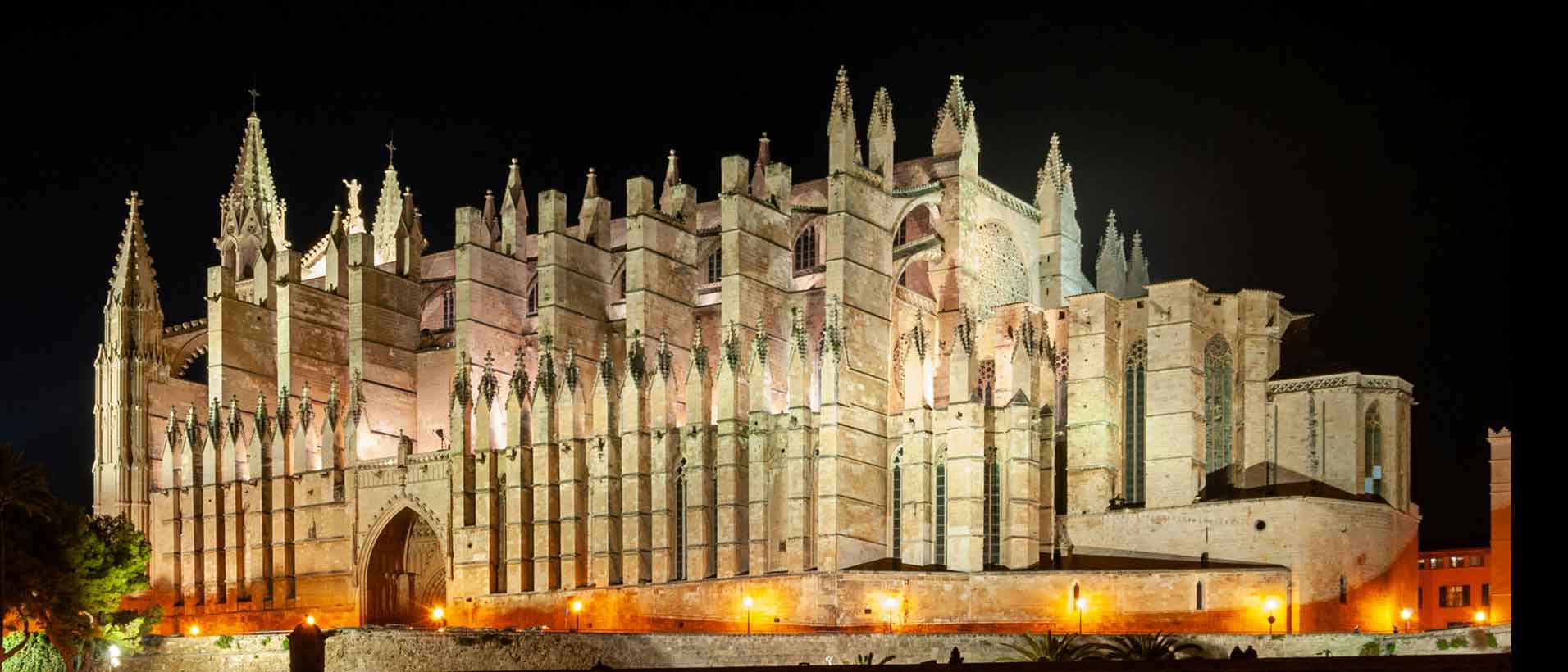 Highlights of Palma de Mallorca Cathedral
Highlights of Palma de Mallorca Cathedral
Location:
The cathedral is located in the historic centre of Palma, on the site of the former aljama mosque, the city’s main place of worship in the Muslim era. Seen from the outside there are those who refer to it as the “Cathedral of the Sea” because of its proximity to the coast, although this name is not unique to it.
Dimensions:
Length: 121 metres.
Width: 40 metres.
Height of the central nave: 44 metres, while the vault (supported by octagonal columns 1.5 metres in diameter and 22 metres high) reaches 45 metres. This makes it one of the tallest Gothic cathedrals in the world, surpassed only by Beauvais and the Duomo in Milan.
Architectural characteristics:
The structure of Palma Cathedral (“La Seu”) is basilical in plan, with three semicircular naves or apses protruding from the rear façade and 16 side chapels located between the buttresses, which are supporting structures that extend around the outside of the church. These chapels are spaces for prayer, so they are decorated with elements of worship.
Material used:
The cathedral is built of sandstone, and its façade, which seems to emerge from the sea, is tinged with a mystical golden colour at certain times of the day.
The Large Rose Window:
Known as “the eye of the Gothic”, the large rose window is one of the largest in the Gothic world, measuring around 13 metres in diameter with a structure of 24 coloured triangles. From the inside, the light passing through the rose window creates a Star of David. Due to the luminous effect of the 7 rose windows and the impressive stained glass windows of the 83 windows, this monumental building is also known as the “Cathedral of Light”.
Festival of Light:
Twice a year, on 2 February and 11 November, sunlight streams through the main rose window and is projected onto the opposite rose window, forming an “8”, which is known as the “Festival of Light”.
Gateway of the Mirador:
This International Gothic style portal, also known as Portal Mayor, is located on the main south façade and overlooks the sea. It was built during the 14th and 15th centuries and is known as the “Mirador” because of the impressive views it offers.
Portal Mayor:
In addition to the Main and Almoina portals, the Portal Mayor or Portal del Mirador stands out above all. It has a scalloped arch from the 19th century and has been structured like an altarpiece, with a tympanum representing the Conception and Marian symbols. The theme represented in the portal is “The Last Supper”, which differentiates it from other portals that usually show more traditional religious themes
Trinity Chapel:
Also known as the Royal Mausoleum, it houses the remains of the monarchs James II and James III.
 Accessibility to the Cathedral of Mallorca:
Accessibility to the Cathedral of Mallorca:
The complex has ramps, stair lifts, adapted toilets, rest areas and an audio guide service.
Opening hours:
Monday to Friday: 10:00 to 17:15.
Saturdays: 10:00 to 14:15.
Sundays and public holidays: Closed for tourist; visits, only open for religious ceremonies.
La Seu: Cathedral of Palma de Mallorca
Palma Cathedral is an important historical and artistic monument that reflects the history and cultural heritage of the city. Its architecture, its location, its elements of interest and its impact on religious and tourist life make it a key place for understanding Palma and Mallorca. The cathedral has made a significant contribution to the cultural heritage of Palma and Mallorca. As a masterpiece of Gothic architecture and because of its significance for the island of Mallorca, the cathedral deserves a leisurely visit to appreciate its majesty and all its details.
By loading this map, you agree to the privacy policy of OpenStreetMap Foundation.






